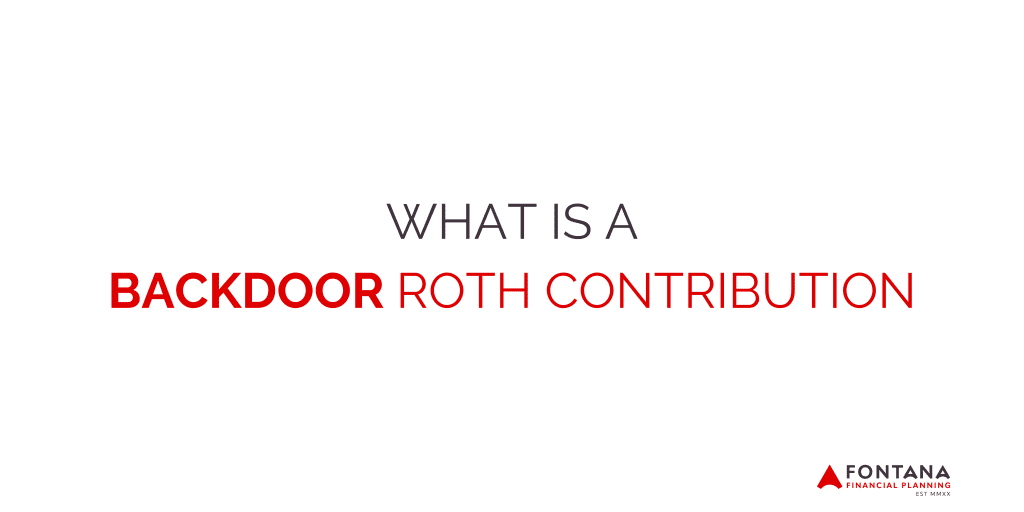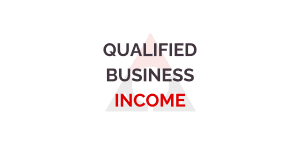Are you looking to contribute more to your Roth IRA but find yourself limited by income thresholds? Discover the Backdoor Roth contribution strategy, a way to maximize your Roth IRA investment, regardless of your Modified Adjusted Gross Income (MAGI). In this guide, we’ll delve into the details of Backdoor Roth contributions and how to execute them effectively.
Section 1: Understanding Backdoor Roth Contributions
When contributing to a Roth IRA, the process is straightforward until your MAGI surpasses certain thresholds. In 2024, the maximum contribution is $7,000 (or $8,000 if over 50). The income limits to make a maximum direct Roth IRA contribution in 2024 are:
- Single – $146,000
- Married filing Jointly – $230,000
Above these amounts, the backdoor Roth contribution strategy can potentially be used as a method to add funds to your Roth IRA.
Section 2: How Backdoor Roth Contributions Work
The backdoor Roth contribution strategy is possible because of what is known as a non-deductible IRA contribution. When you are over the Roth IRA contribution threshold you can still contribute to an IRA but the contributions are not deductible from your income. This creates an after tax basis in your IRA that can be converted to a Roth tax free as long as there are no earnings or pre-tax monies in IRA accounts for an individual.
Section 3: Steps to Execute a Backdoor Roth Contribution
Follow these steps to successfully execute a Backdoor Roth contribution:
- Open a Traditional IRA and Roth IRA account in your name.
- Contribute funds to the Traditional IRA account.
- Convert funds from the Traditional IRA to Roth IRA before any earnings accrue (note: earnings will be taxed as income in the conversion year).
Section 4: Potential Pitfalls and Pro-Rata Rules
Before initiating a Backdoor Roth contribution, be aware of potential pitfalls. The ‘pro-rata’ withdrawal rules may affect the strategy, particularly if you hold both deductible and non-deductible funds in your IRA. Examples include funds in a Traditional IRA, SEP IRA, or SIMPLE IRA (but not a 401(k)).
Example Scenario:
Tom has a SEP IRA with $93,000 and hears about the ‘Backdoor Roth’ from a friend who tells him he can still contribute to a Roth IRA despite his high income. Not understanding the nuances of the pro-rata rules, he contributes $7,000 to a newly established IRA and immediately converts it to a Roth – thinking there will not be any tax implication for doing so. Considering a SEP is part of the pool of funds the IRS looks at when determining pro-rata taxation, he has $100,000 in IRA funds and a $7,000 basis. When he completes his Roth conversion, only 7% of the converted amount is non-deductible basis meaning 93% – or $6,510 – is taxable as income this year (even though he is paying income taxes on the $7,000 he contributed) and he must ensure his CPA tracks his ongoing basis using form 8606 to avoid paying taxes twice on the remaining portion of the $7,000 he contributed.
Conclusion:
Maximizing your Roth IRA contributions doesn’t have to be restricted by income limits. With the Backdoor Roth contribution strategy, you can unlock the full potential of your Roth IRA investment. Be informed, follow the steps, and navigate potential pitfalls to make the most of this advanced contribution strategy.
Disclosures: This case study is for illustrative purposes only. Individual cases will vary. Any information is not a complete summary or statement of all available data necessary for making an investment decision and does not constitute a recommendation. Prior to making any investment decision, you should consult with your financial advisor about your individual situation.
Unless certain criteria are met, Roth IRA owners must be 59½ or older and have held the IRA for five years before tax-free withdrawals are permitted. Additionally, each converted amount may be subject to its own five-year holding period. Converting a traditional IRA into a Roth IRA has tax implications. Investors should consult a tax advisor before deciding to do a conversion.
This strategy is not suited for every investor. Prior to making an investment decision, please consult with your financial advisor about your individual situation.
The foregoing information has been obtained from sources considered to be reliable, but we do not guarantee that it is accurate or complete, it is not a statement of all available data necessary for making an investment decision, and it does not constitute a recommendation. Any opinions are those of the author and not necessarily those of Raymond James.
Please note, changes in tax laws may occur at any time and could have a substantial impact upon each person’s situation. While we are familiar with the tax provisions of the issues presented herein, as Financial Advisors of RJFS, we are not qualified to render advice on tax or legal matters. You should discuss tax or legal matters with the appropriate professional.




